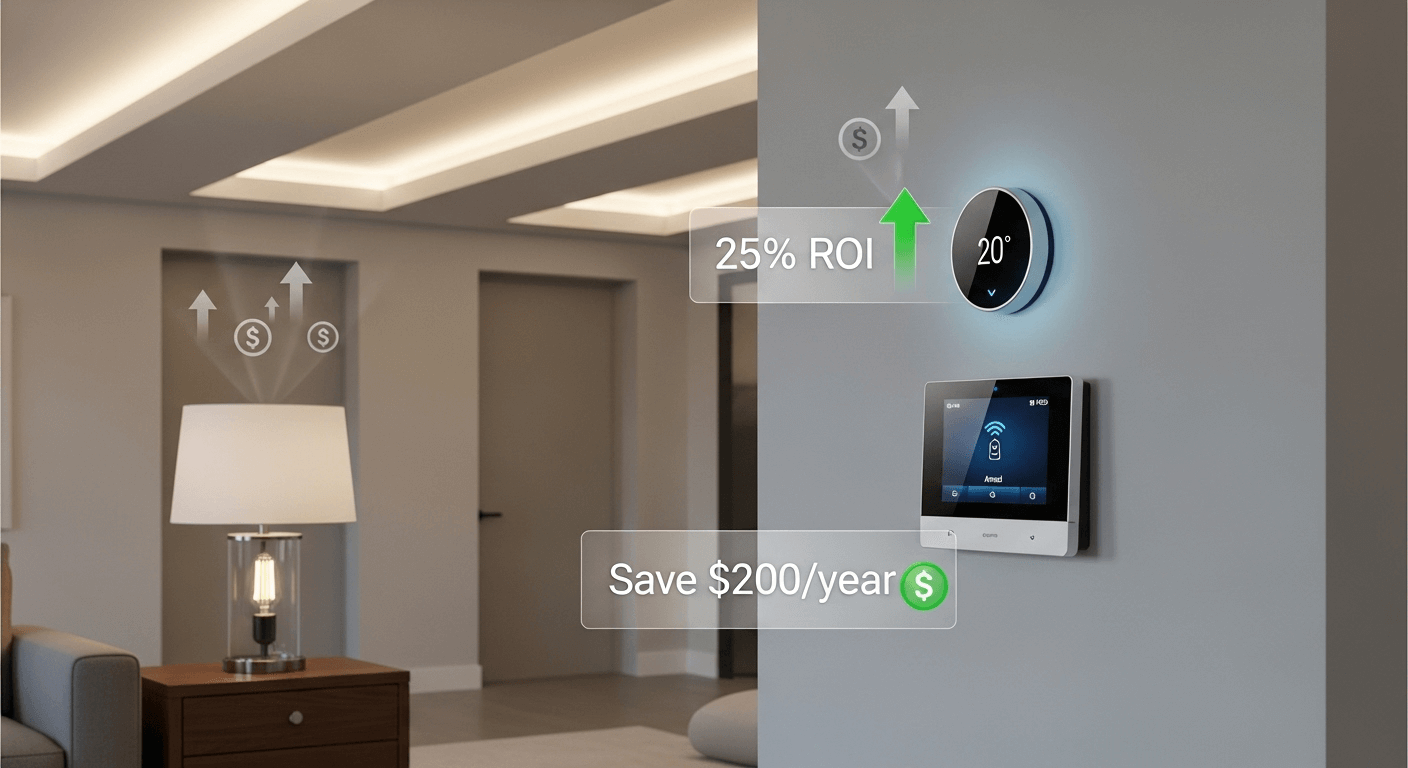Choosing between multifamily vs. single-family rentals is like choosing between stocks and mutual funds—both can work, but the right fit depends on your goals. Today’s real estate market is shaped by inflation, interest rates, and shifting renter preferences. Whether you want steady cash flow or long-term appreciation, your strategy should match the market—and your mindset.
Jump to:
- TLDR – Quick Guide
- Detailed Breakdown
- Key Takeaways
- FAQs
TLDR – Quick Guide
- Multifamily = Better scalability, stronger cash flow, shared maintenance
- Single-family = Lower entry costs, wider demand, simpler management
- Best choice = Depends on location, capital, and risk tolerance
Detailed Breakdown
Investment Fundamentals
Scalability
Multifamily rentals allow you to scale quickly—one purchase, multiple income streams. Investors can grow portfolios with fewer closings and centralized operations. Single-family properties require more transactions to achieve similar unit counts, which takes more time and overhead.
Entry Costs
Single-family rentals often have a lower barrier to entry. With one unit to finance and furnish, new investors can get started with less capital. Multifamily deals typically need larger down payments and may require commercial financing.
Cash Flow & Vacancy
Multifamily — Cash Flow King
Multiple units under one roof mean multiple income sources—and more stable cash flow. If one unit is vacant, others keep producing. This makes multifamily a favorite for investors focused on consistent monthly returns.
Single-Family — Vacancy Risks
Single-family homes are all-or-nothing: if it’s vacant, you’re at zero income. That makes them riskier in terms of cash flow. However, they often have lower maintenance costs and longer tenant stays.
Tenant Demand & Market Flexibility
Single-Family — Broad Appeal
Families, remote workers, and long-term renters often prefer single-family homes. Demand is strong in suburban and exurban areas. These properties also tend to appreciate faster, especially in hot residential markets.
Multifamily — Urban Efficiency
Multifamily rentals perform best in dense urban areas with high rental demand. They appeal to students, professionals, and short-term renters. In high-growth metros, multifamily properties can outperform when positioned well.
Management & Maintenance
Multifamily — Efficient But Intensive
With everything in one place, multifamily maintenance can be more efficient—but also more complex. Shared plumbing, HVAC, and common areas mean more upkeep. Many investors hire property managers to stay ahead.
Single-Family — Simpler Operations
Each home is a self-contained unit with individual systems and tenants. While this spreads out your portfolio, it can be easier to manage day-to-day. Less turnover and wear-and-tear often translate to fewer surprises.
Key Takeaways
- Multifamily rentals deliver stronger cash flow and scale faster but require more capital and management.
- Single-family rentals are easier to start with, attract long-term tenants, and can grow equity faster in the right markets.
- Choose multifamily for efficiency and income; single-family for flexibility and appreciation.
- The right strategy balances your budget, time, and tolerance for complexity.
FAQs
Which type of rental offers better ROI in today’s market?
Multifamily tends to deliver better short-term ROI through stronger cash flow and lower per-unit expenses. Single-family may generate higher appreciation in hot residential markets. Your returns will depend on location, tenant demand, and holding strategy.
Is it easier to finance single-family or multifamily properties?
Single-family homes are easier to finance with conventional loans and lower down payments. Multifamily properties (5+ units) usually require commercial loans and stricter underwriting. Duplexes and fourplexes sit in the middle and often qualify for residential financing.
Which property type has lower tenant turnover?
Single-family homes generally have lower turnover, especially when rented to families. Tenants stay longer due to school districts, space, and lifestyle preferences. Multifamily properties—especially in urban cores—often see faster turnover due to mobility.
Do multifamily properties have higher maintenance costs?
Yes, but they’re also more centralized. Shared systems like plumbing and roofs can be costly, but you save on service calls and operational logistics. Many investors offset this by hiring full-time property managers.
Should I start with a single-family or multifamily rental as a new investor?
Most new investors start with single-family rentals due to lower upfront costs and simpler management. Once experienced, many shift to multifamily for scalability and better income potential. Start small, then scale with confidence.




